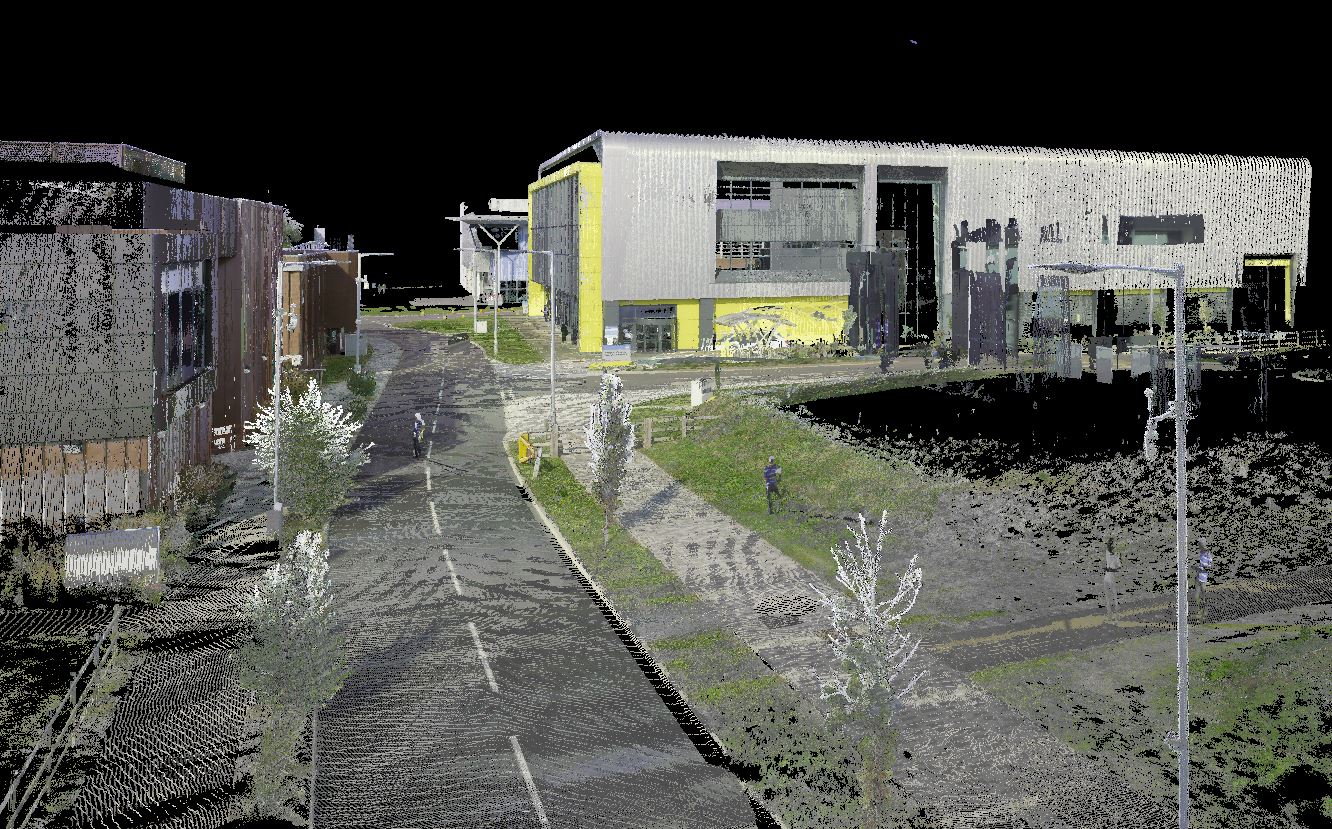
Cranfield University uses DAFNI hardware fund to create interactive shared experiences and collaboration using VR
Case study for SES Consortium site
Cranfield University is a member of the ARC Universities Group, and is part of the UKCRIC network and the UKCRIC Urban Observatories group. Its own Urban Observatory is focused on the environment and infrastructure. The research area it has termed “The Living Laboratory” is powered by data from the Cranfield Urban Observatory.
The Living Laboratory is a testbed for transformative technologies and new approaches to deliver enhanced social, economic and environmental outcomes in urban, transport and infrastructure systems. It is powered by hundreds of sensors around the Cranfield campus, which acts a huge test environment.
The sensors are used to capture information on ground conditions from pedestrian movements, thermal comfort of rooms, river levels, air quality, water usage, and road transport to give some examples… and in the future the University plans to build all this data into a campus-level Digital Twin.
Cranfield already works with DAFNI, the Data & Analytics Facility for National Infrastructure, an infrastructure research platform managed by a University of Oxford-led partnership and also worked on the antecedent ‘ITRC’ project.
DAFNI is deeply involved in research projects in the Digital Twin, environmental and infrastructure space. Their latest collaboration involves new equipment for the university, funded by the DAFNI hardware fund.
Cranfield successfully bid for funds from DAFNI for new equipment for three areas, which feed into its research areas in the Living Laboratory, Urban Observatory and Digital Twins. They plan to use the new virtual reality system wall mounted display screens and 3D terrestrial laser scanner to further collaborative research between members of UKCRIC and other universities.
The university is also integrating the DAFNI platform itself (a focus for infrastructure data, modelling and collaboration tools) into the hardware project, using the DAFNI platform as the hub for receiving real-time data streams, acting as the database, and the driver for visualisations and workflows.
Professor Stephen Hallett, Chair in Applied Environmental Informatics in the Centre for Environmental and Agricultural Informatics at University of Cranfield explains, “The DAFNI platform and hardware fund equipment will allow us to communicate with stakeholders for our research in new and innovative ways. DAFNI is an integral part of Digital Twin and environmental projects running at Cranfield and further afield.”
“The DAFNI platform offers a powerful and unique facility offering enormous HPC powers coupled with an advanced workflow user interface, plus access to absolutely enormous stores of data which can come from external sources as well as other people’s model runs. With the DAFNI platform, for the first time in one place we have tremendous computing environment with familiar tools like Jupyter and Python, infographics, visualisations, and data sets in a very easy to use package with a superb team backing this up.”
The new equipment is allowing university researchers to connect various software to the new VR system so they can present data in a new and better way. For example, the system allows an immersive experience to show predictions of different infrastructure options and to highlight a variety of scenarios or decisions that infrastructure managers may take.
They can also use the new VR system to visualise data from a wide range of ubiquitous sensors. There are many environmental applications where this will be put to good use; for example, researchers can present how landscapes may appear in 10 or 20 years’ time when vegetation has matured; or model and show what infrastructure placed into the landscape may look like – for example a new wind turbine – this will help interested parties to visualise how far away you could see it from. Local campus infrastructure can be used as a testbed for exploring for example energy usage, water consumption and air quality.
Cranfield’s new terrestrial laser scanner, also purchased with the DAFNI hardware monies, allows scanning of objects and landscapes in 360 degrees around the locality at distances of up to 200 metres, producing 3D point-cloud images in high resolution ready for visualisation or further analysis.
Stephen Hallett adds, “I can foresee a future when we could enter a VR world with other university colleagues and share research outputs together. Our future plans are very aligned with moves in the IT industry towards developments such as VR. Like Meta (Facebook) we see the development of virtual reality as a key next step, something governments and organisations are pumping millions of pounds into.
Project details
The Data & Analytics Facility for National Infrastructure (DAFNI) provides a platform offering high quality data, modelling and analytical tools for university researchers studying infrastructure in complex and detailed ways across the UK.
DAFNI is recognised as a world leader in infrastructure system research. The facility is hosted, managed and operated by STFC’s Scientific Computing Department at the Rutherford Appleton Laboratory in Harwell, Oxfordshire. Using advanced computing, DAFNI provides world leading infrastructure systems research capabilities to collate infrastructure data from multiple sources, map and model it, and use advanced visualisations to demonstrate and explore scenarios.
The results are used to help inform government policy at local and national scale, on areas from decisions on housing stock type and size to new road and transport links, flood defences and climate change mitigation measures.
About DAFNI:
DAFNI is hosted and managed by the Science and Technology Facilities Council (STFC) in a partnership led by the University of Oxford; it was funded for its development years by a grant from the UK Collaboratorium for Research on Infrastructure and Cities (UKCRIC). In 2021 DAFNI received funding of £1.2 million for an additional two years from the Engineering and Physical Sciences Research Council (EPSRC) Resource-Only Strategic Equipment (ROSE) fund.
Project contact:
Marion Samler, Partnership Manager, DAFNI: Data & Analytics Facility for National Infrastructure Marion.samler@stfc.ac.uk
